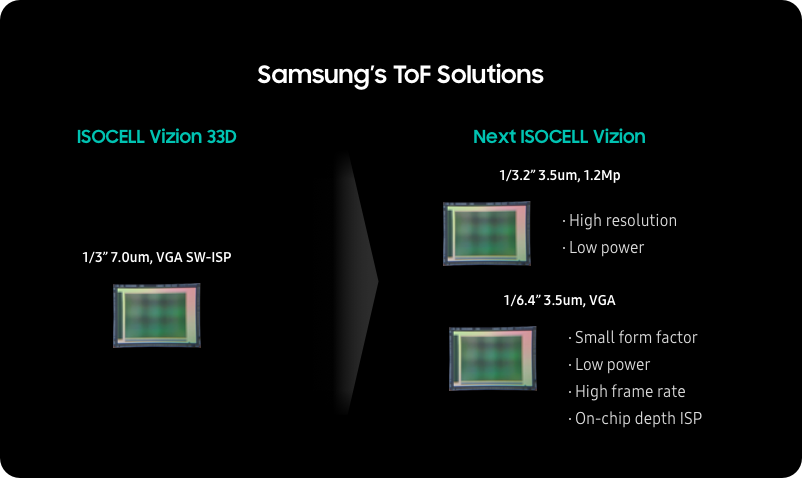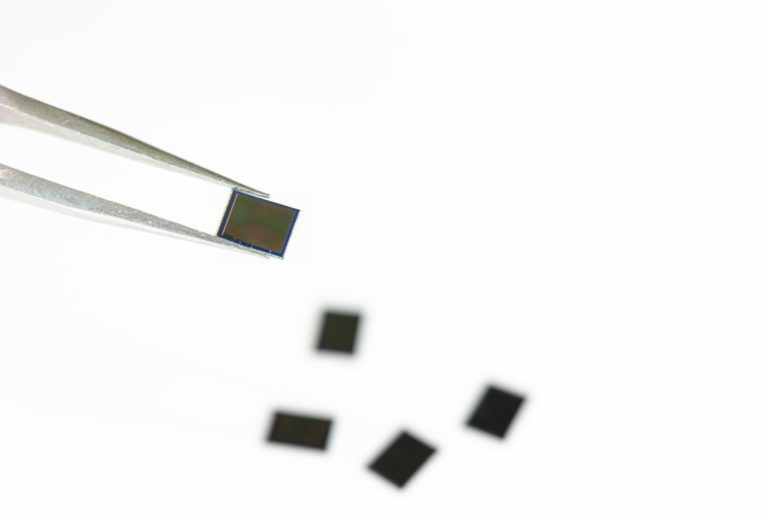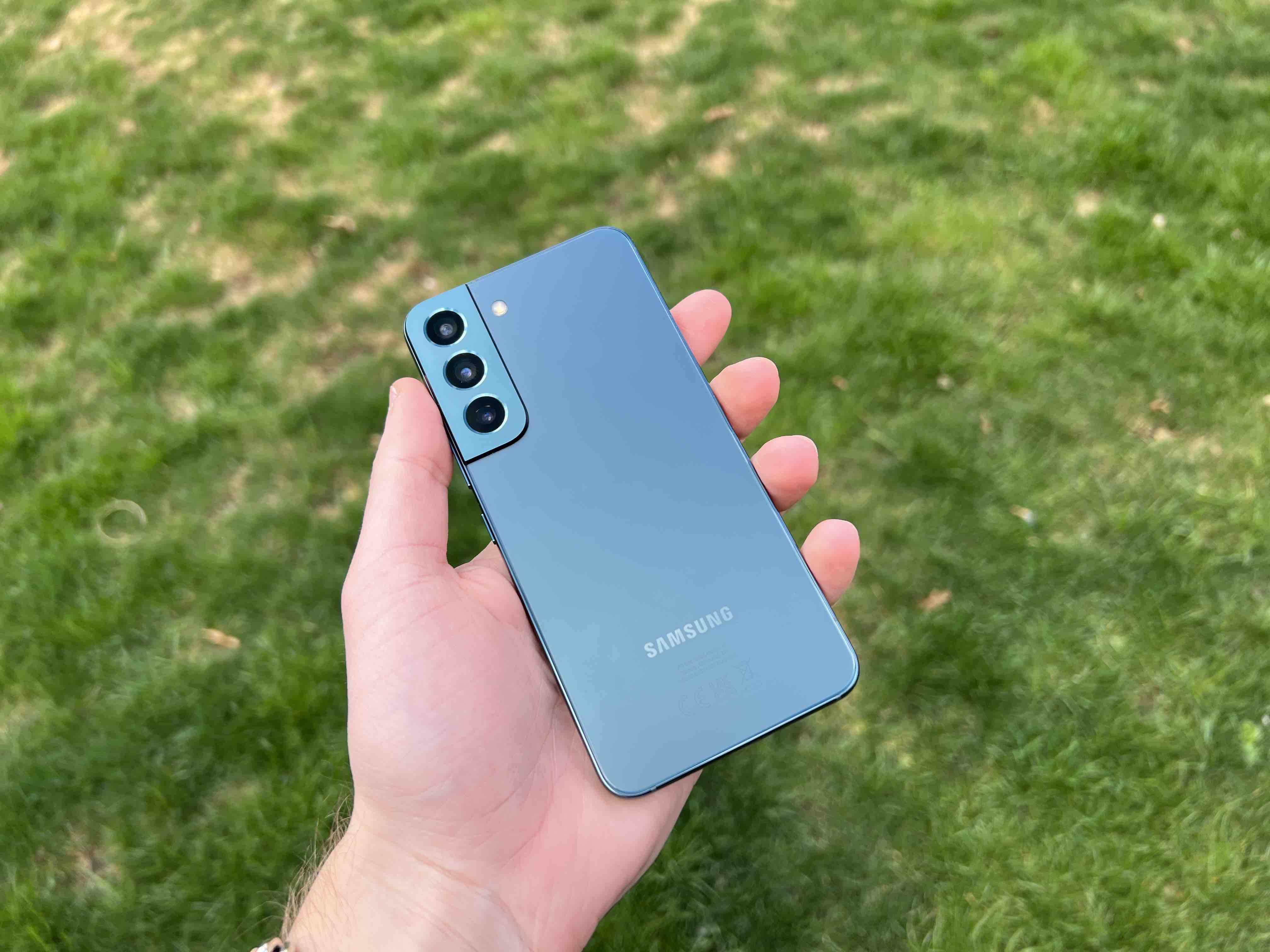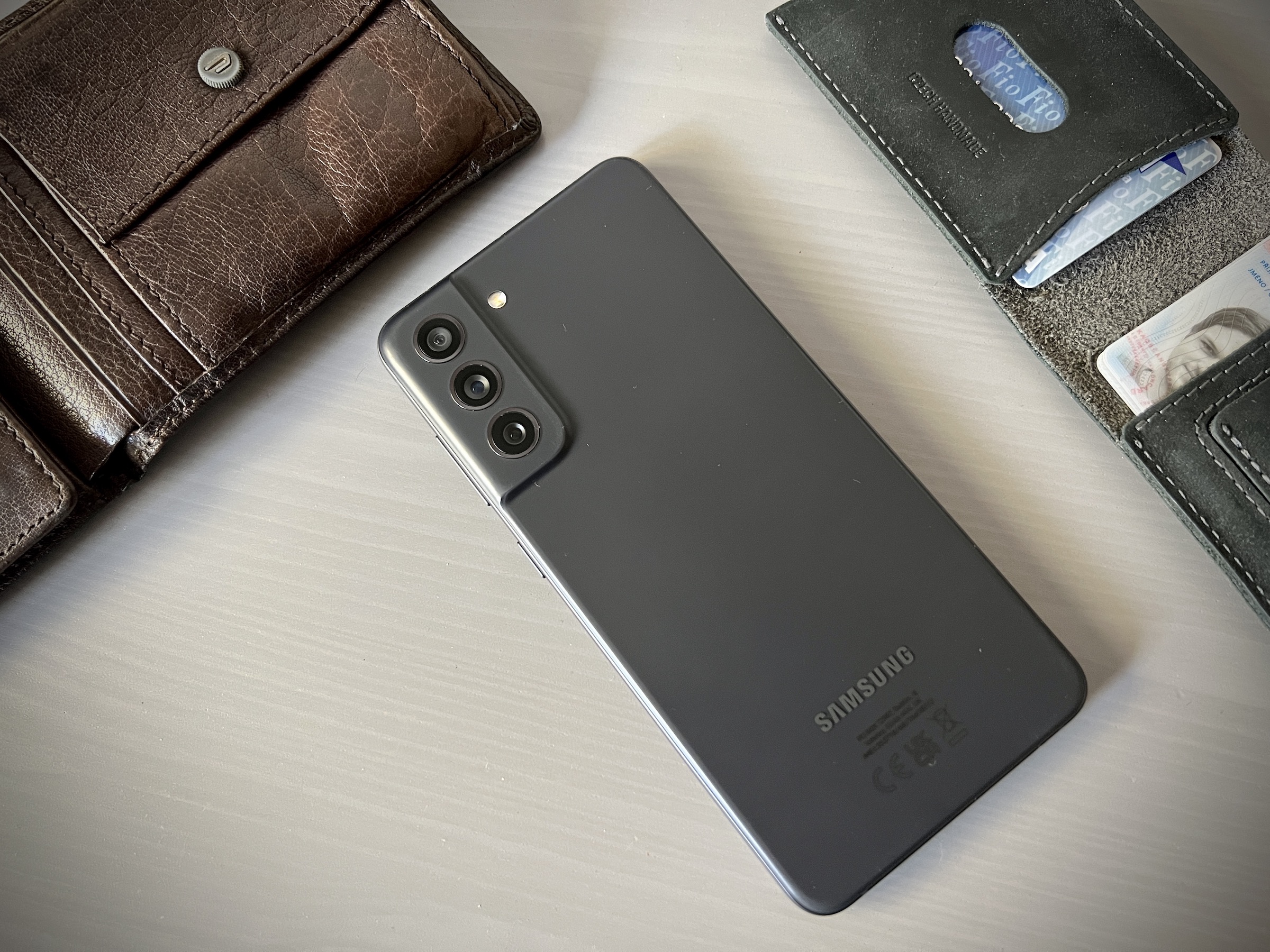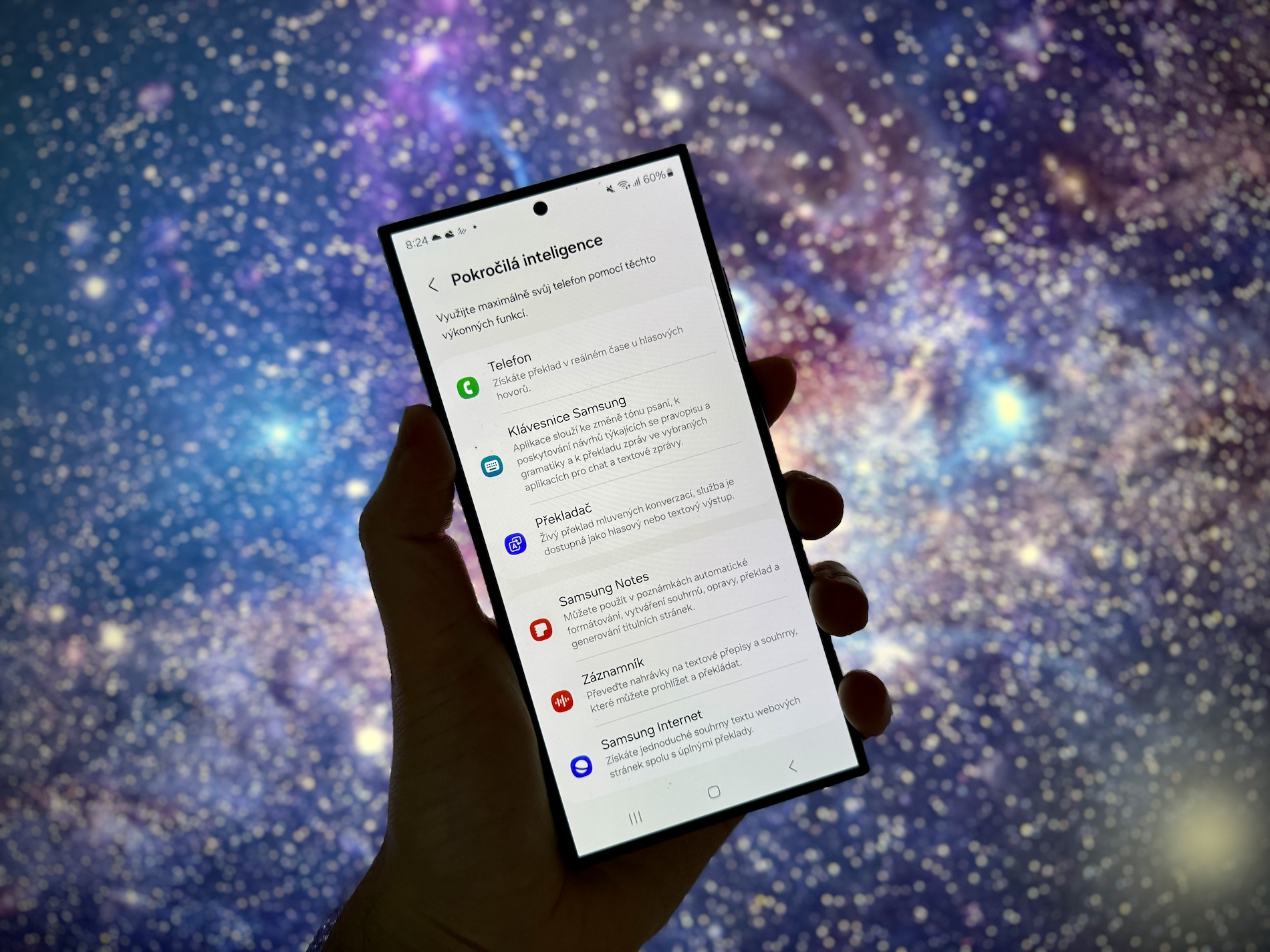Samsung's next-generation photo sensors will bring big improvements, especially when it comes to video quality. Shooting videos is much more difficult than taking photos, as the camera must capture at least 30 frames per second instead of just one. The Korean giant in his new blog contribution explained how he intends to achieve this improvement.
Multi-frame processing and multiple exposure (HDR) dramatically improve still images by capturing at least two frames and combining them for better dynamic range. However, this is extremely difficult for video, as the camera must capture at least 30 frames for a 60 fps video. This puts a lot of stress on the camera sensor, image processor and memory, resulting in higher power consumption and temperature.
Samsung intends to improve video quality by improving light sensitivity, brightness range, dynamic range and depth sensing. He developed a highly refractive nanostructure for the optical wall between the color filters of the pixels, which uses the light of neighboring pixels to extreme levels. Samsung named it Nano-Photonics Color Routing and it will be implemented in ISOCELL sensors planned for next year.
To improve the dynamic range of videos, Samsung plans to launch sensors with HDR technology with a single exposure in the sensor. Samsung's second 200MPx sensor ISOCELL HP3 it has two outputs (one with high sensitivity for detail in the dark and the other with low sensitivity for detail in bright areas) for 12-bit HDR. However, the Korean giant says this is not enough. It plans to introduce sensors with 16-bit HDR for a much wider dynamic range in videos.
You could be interested in
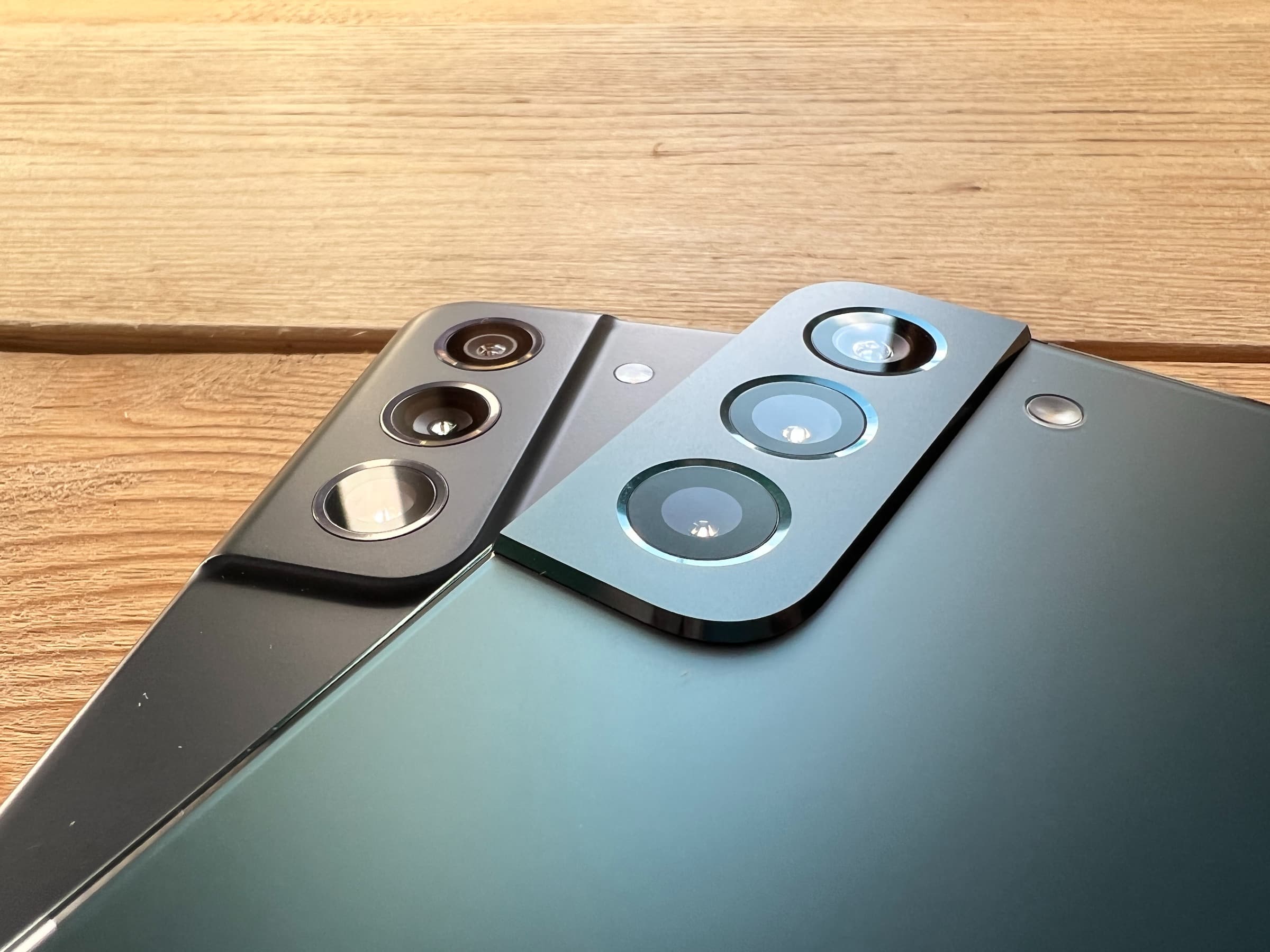
In addition, Samsung intends to improve the quality of portrait videos using iToF (Time of Flight) depth sensors with an integrated image processor. Since all the depth processing is done on the sensor itself, the phone uses less power and doesn't heat up as much. The improvement will be especially noticeable on videos taken in poor lighting conditions or in areas with repeated patterns.
The aforementioned sensors will debut sometime this year and next. A range of phones can be expected to use them Galaxy S24 to Galaxy S25.


